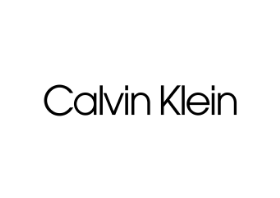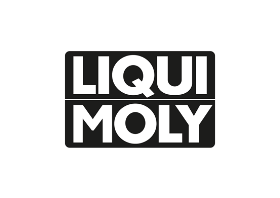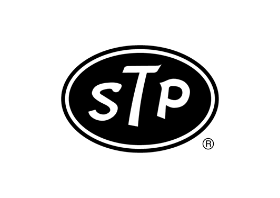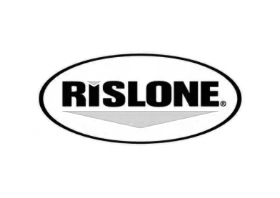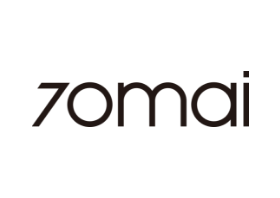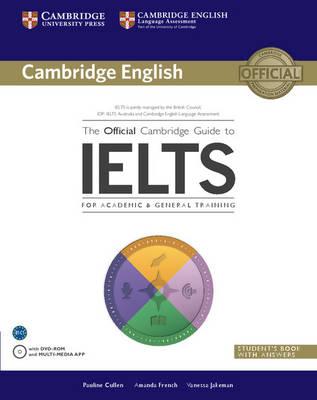English
- استرجاع مجاني وسهل
- أفضل العروض
1
متوفر قريبا
المواصفات
| الناشر | Royal Society of Chemistry |
| رقم الكتاب المعياري الدولي 13 | 9781847559012 |
| رقم الكتاب المعياري الدولي 10 | 1847559018 |
| اللغة | الإنجليزية |
| وصف الكتاب | Nuclear analytical techniques have many advantages over other techniques, such as high sensitivity and precision. They couple powerful selective separation with sensitive element-specific detection. The uses of metalloproteomics studies are restricted to the fields of analytical and nuclear chemistry. They also have great potential to elucidate the origins of certain diseases and assist in their diagnosis and treatment via the development of new drugs. Nuclear Analytical Techniques for Metallomics and Metalloproteomics provides readers with a comprehensive view of this relatively new and exciting area of bioanalytical and inorganic chemistry. It contains contributions from experts in disciplines as diverse as analytical chemistry, nuclear chemistry, environmental science, molecular biology and medicinal chemistry. Various nuclear analytical techniques are covered including neutron activation analysis, X-ray fluorescence, isotope tracer, M ssbauer spectrometry, X-ray absorption spectrometry, and neutron scattering and diffraction. They provide useful information both for chemical speciation analysis and structural characterization of metalloproteins and metals in biological systems. Consequently, the book is not only relevant for chemists involved in nuclear techniques and speciation, but also environmental, nutritional and clinical researchers and drug developers. |
| عن المؤلف | Chunying Chen is based at the National Center for Nanoscience and Technology and Key Lab of Nuclear Analytical Techniques at the Chinese Academy of Sciences. Her research focuses on trace elements in biological and environmental systems, particularly with respect to trace element association with biomolecules. She has studied nuclear analytical techniques and their application in the environmental and life sciences, as well as biomarkers for occupational and environmental pollutants. Recently, she has been involved in the development of methodology for metallomics and metalloproteins in biological samples by INAA, HPLC-ICP-MS, SRXRF, XAS, MALDI-TOF-MS, and other related techniques. She is the principle investigator on several international and domestic projects, such as the EU-FP6 funded project (PHIME, 2006-2010), IAEA Coordinated Research Project, Japan Photon Factory Cooperation Project, China 973 Program and projects from the Natural Science Foundation of China (NSFC). She has approximately 80 publications and three patents (two as a first inventor) to her name. Zhifang Chai has been an Academic at the Chinese Academy of Sciences since 2007. In 1980, he received a Fellowship of the Alexander von Humboldt Foundation at the University of Cologne Institute of Nuclear Chemistry. He worked as a visiting Professor at Purdue University, University of Louis Pasteur, Tokyo Metropolitan University ECN at Petten and Interfaculty Reactor Institute at Delft. He won the George von Hevesy Award for his contribution to radiochemistry. He was an Associate Member and later Titular Member of both the Analytical Chemistry Division and Radiochemistry and Nuclear Techniques Committee of IUPAC. He has more than 250 publications to his name. Yuxi Gao is an Associate Professor in the Key Lab of Nuclear Analytical Techniques at the Chinese Academy of Sciences Institute of High Energy Physics. |
| تاريخ النشر | 6-Jan-10 |
| عدد الصفحات | 428 |
Nuclear Analytical Techniques For Metallomics And Metalloproteomics hardcover english - 6-Jan-10
تمت الإضافة لعربة التسوق
مجموع السلة 0.00 د.إ.



















